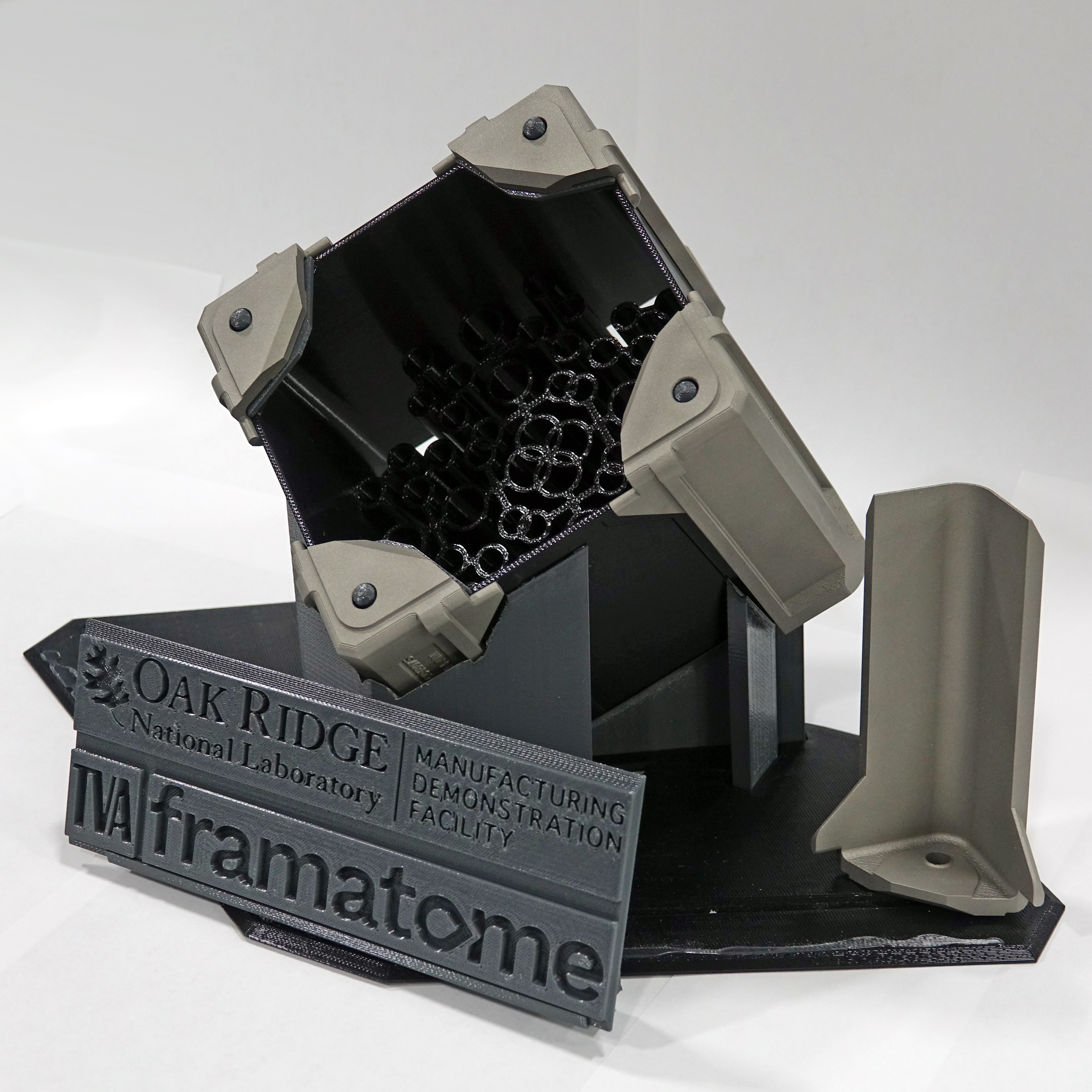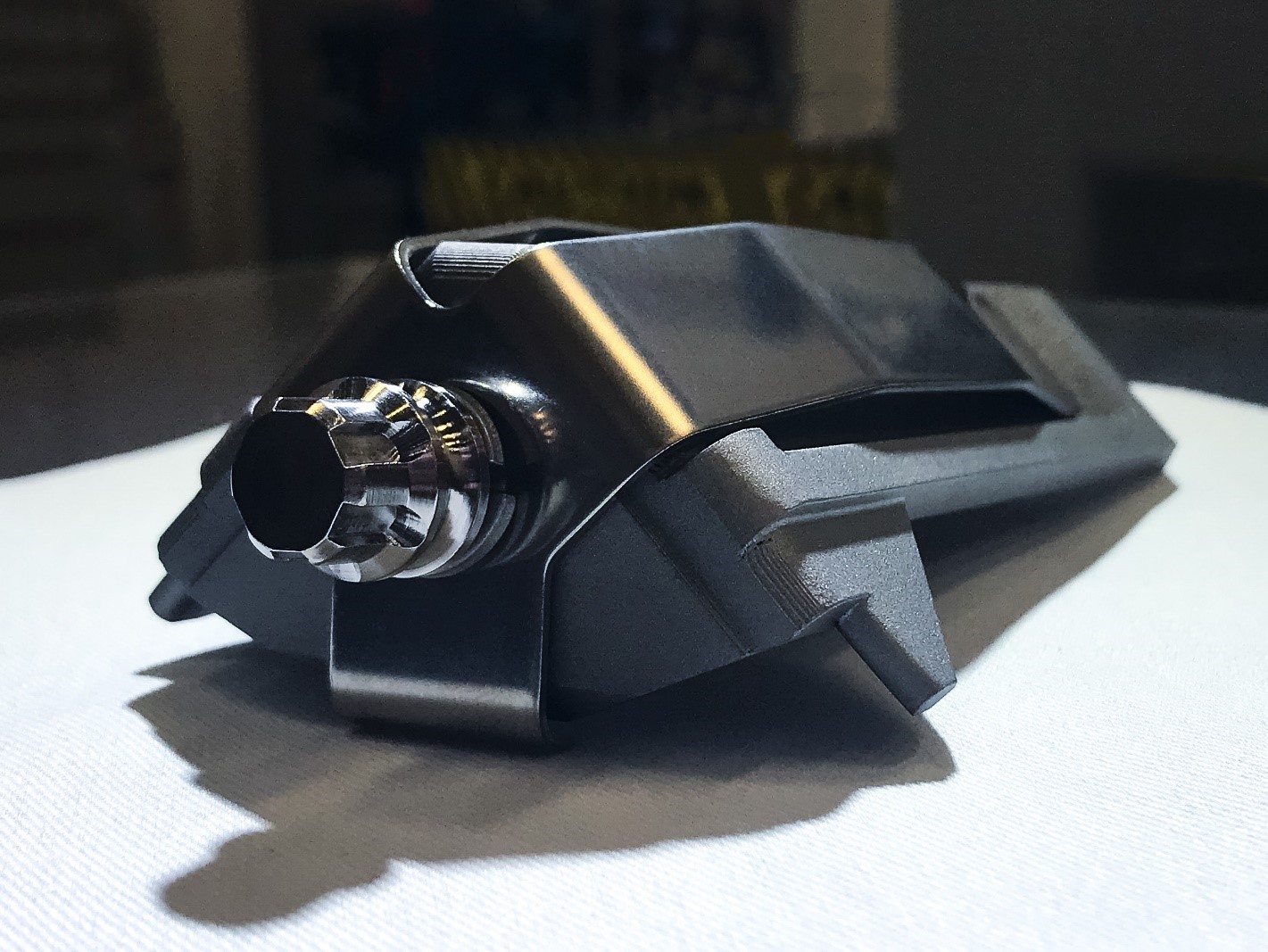Beginning with nuclear energy, this is the first article in a series of interviews looking at low carbon power generation together with 3D printing and renewable energy as researchers, businesses, and world leaders come under mounting pressure to improve their sustainable energy strategy.
Oak Ridge National Laboratory (ORNL) is the largest energy research lab in the U.S. “Clearly, further electrification of the manufacturing sector through 3D printing is the near-term opportunity for decarbonization,” say Professor Xin Sun, Associate Laboratory Director for Energy Science, and Kathy McCarthy, Associate Laboratory Director for Fusion and Fission at ORNL.
I spoke to the Oak Ridge experts about the application of 3D printing across numerous nuclear energy projects currently underway at ORNL, and how additive manufacturing will change nuclear energy.
According to the Global Energy Review 2021, renewable energy use increased by three percent during Covid-stricken 2020 while demand for all other fields declined. The pandemic aside, green energy has continued to grow its share of the energy market in recent years and is predicted to be worth as much as $2,172 billion by 2030.
With nations from across the world signed up to the Glasgow Climate Pact at COP26 and facing calls to phase down unabated coal powder and fossil fuel use in order to curb their emissions, the investment in renewable energy technologies, currently sitting at $300 billion per year, looks set to rapidly increase over the next decade.
3D printing’s role in nuclear energy
Nuclear energy is one form of “clean” energy generation that is receiving increasing attention as an alternative to burning fossil fuels. While the pros of nuclear power include the delivery of carbon-free electricity, a small land footprint, high power output, and reliability, it also has some downsides.
For instance, uranium, the fuel most widely used for nuclear fission, is technically a non-renewable energy source despite its abundance, while high upfront costs and the safety concerns related to nuclear waste and plant malfunctions could be potentially catastrophic. However, additive manufacturing is starting to be deployed in this area to reduce many of these concerns, and leading the charge is ORNL.
“3D printing of nuclear components is already having an impact on today’s nuclear,” Sun and McCarthy tell me. ORNL is currently leading the Transformational Challenge Reactor (TCR) program supported by the US Department of Energy (DoE), which is aiming to build a nuclear reactor core using DED 3D printing among other technologies.
“Simplifying manufacturing and reducing costs while maintaining safe operations are key for the future of nuclear energy,” they say. “Advanced manufacturing can lower the cost for nuclear energy by reducing the R&D time to produce new nuclear designs, enabling faster deployment of new technologies, supporting rapid design development, and integrating essential technologies like sensors and artificial intelligence (AI) into components to ensure the safe operation of nuclear facilities.”

Enabling previously impossible designs
Last year, nuclear reactor components developed as part of the TCR program using ORNL’s own 3D printing technology for nuclear supplier Framatome were installed at the Tennessee Valley Authority’s Browns Ferry Nuclear Plant in Alabama.
“3D printing also allows us to manufacture designs that aren’t possible with traditional techniques, opening the door to component geometries not otherwise achievable through traditional manufacturing, leading to higher efficiency along with cost savings,” added Sun and McCarthy.
Looking ahead to other types of nuclear components ORNL’s 3D printing method could be suited to, the professors predict an increase in small modular reactor designs alongside a new set of geometries only made possible by additive manufacturing. According to Sun and McCarthy, these components will become integral to the digital infrastructures of current nuclear facilities.
“Smart components with sensors that integrate with data management systems are appealing both for routine nuclear operations and for the development of advanced nuclear systems,” they add. “An example of an application for these sensors is online monitoring – looking for signs of component degradation enabling repair prior to failure.
“These types of components can also play an important role in the nuclear certification process.”

Growing adoption of AM in nuclear
The certification and qualification of 3D printed nuclear components is a key element to the technology’s wider adoption in this space. While regulatory bodies are working hard to adjust, the rules and regulations from the Nuclear Regulatory Commission did not envision the manufacturing paradigm shift imposed by modern manufacturing processes, Sun and McCarthy say.
“ORNL has been on the forefront of this research, developing digital manufacturing technologies with AI and machine learning that can help support the fabrication of “born-qualified” components. Today, each component produced at ORNL has a unique digital passport capturing the entire history of the manufacturing process.”
ORNL’s method to print the components has recently been licensed by the Ultra Safe Nuclear Corporation (USNC) using refractory methods such as silicon carbide, marking a significant step forward for the technology’s wider adoption in nuclear.
With the industrial sector consuming 33 percent of the US’ total energy consumption each year, the industry is a critical component of the nation’s decarbonization efforts. As such, in the near term the biggest opportunity for 3D printing in nuclear is further electrification of the manufacturing sector and decarbonization, Sun and McCarthy say.
“In the future, 3D printing can enable novel design through part consolidation and process intensification, leading to enhanced efficiency and reduced cost of future energy systems and carbon capture systems,” they add.
Make sure to subscribe to our newsletter and don’t miss the next installment of the series, where we will be looking at how the sun is rising on 3D printing applications within the solar energy space.
Looking for a career in additive manufacturing? Visit 3D Printing Jobs for a selection of roles in the industry. You can also stay connected by following us on Twitter and liking us on Facebook.
Subscribe to our YouTube channel for the latest 3D printing video shorts, reviews and webinar replays.
Featured image shows an ORNL 3D printed channel fasteners for Framatome’s boiling water reactor fuel assembly. Photo via Framatome.



